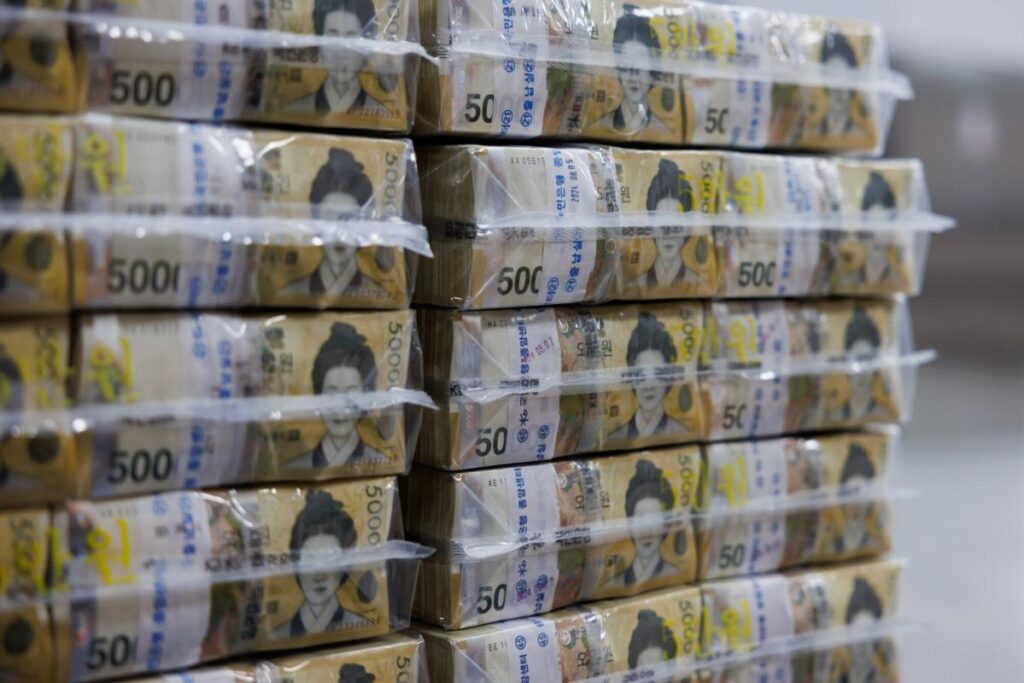(Bloomberg) — Latin American currencies posted some of the biggest gains among emerging-market peers on Monday as they shrugged off tariff tensions amid rising commodity prices.
Most Read from Bloomberg
Listen to the Here’s Why podcast on Apple, Spotify or anywhere you listen.
The MSCI Emerging Market Currency Index trimmed earlier losses to just 0.1% during early morning trading in New York. The Brazilian real and the Chilean peso led gains, with the latter poised to hit the highest closing level since November, as stubborn inflation and strong copper export support the currency. The Mexican peso lagged, falling 0.3%.
Most Latin American currencies outperformed peers amid a positive session for commodity prices, including oil and iron ore, despite Donald Trump’s plans to impose 25% tariffs on all US imports of steel and aluminum.
“The commodity space has been better bid to start the year, which is helping the Latam FX space when combined with softer US yields and easing of pressure higher on the USD,” said Brad Bechtel, head of global FX strategy at Jefferies. “We are reaching a temporary consolidation point as we reassess and await more data and more news flow.”
Trump said Sunday the steel and aluminum tariffs would apply to shipments from all countries, including major suppliers Mexico and Canada. He didn’t specify when the duties would take effect. The president also said he would announce reciprocal tariffs this week on countries that tax US imports.
Domestic factors in Latin America are less in play now, though “they always have the potential to come roaring back at any time,” Bechtel said.
Across the developing world, China’s onshore-traded yuan slipped to a three-week low, dragging on currencies across Asia. The ringgit fell as much as 0.9% against the dollar, undermined by Malaysia’s strong trade links to China. The Indian rupee fell to a new record low, with the central bank not expected to stand in the way of the currency’s weakness.
Still, the tariff plans, coming on top of data showing robust US jobs growth, could further support the case for the Federal Reserve to keep interest rates on hold, supporting the dollar and Treasury yields.
“Reciprocal tariffs, along with US inflation and retail sales data this week, should keep the Fed on hold for the foreseeable future even as other central banks are easing,” Win Thin, global head of markets strategy at Brown Brothers Harriman, said in a note. “These drivers should keep downward pressure on EM FX.”
Story Continues


